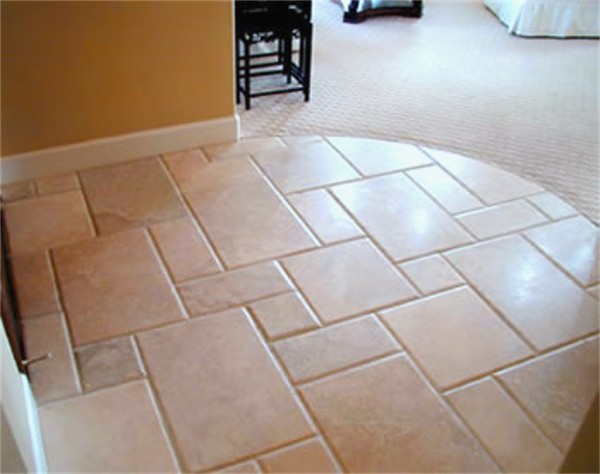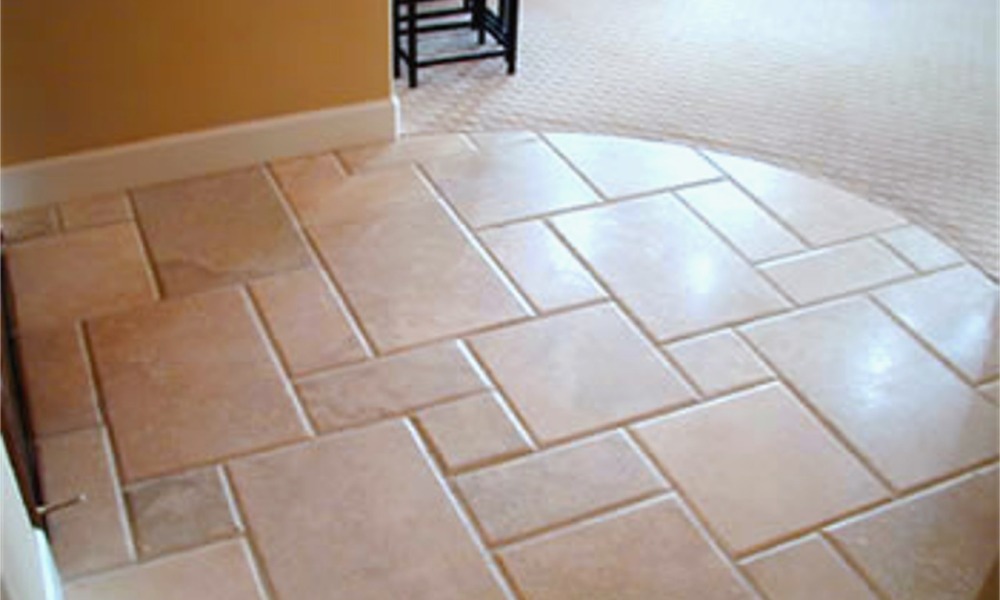A beautiful flooring upgrade for many bathrooms, ceramic tiling is often worth the required price and labor. But in order to truly get the most out of a tile floor, it’s important to be well-informed before committing to a tile type and getting down to the nitty-gritty of installation. Here are tips on how to select and install a ceramic tile floor.

Tile Selection Tips
It may seem dense to even mention it, but selecting a tile is the most important part of the tiling process. When confronted with the financial implications of a process like tiling a floor, it can be easy to only focus on price. But tile floors last a very long time, if they’re installed correctly.
Don’t let the price tag get in the way of aesthetic enjoyment – chances are, people are going to be staring at that tile for many years to come.
Aesthetic concerns aside, to ensure quality:
- Make sure the tiles are all within 1/8th an inch in size of each other. Because the ceramic process requires tiles to be heated, they often end up expanding or contracting to slightly different sizes.
Although it’s impossible to avoid this entirely, aim to get a set of tile which is of the most uniform size possible. This will make for a neater final product. Too many off-size tiles will cause a tile design to appear distorted.
- Ensure that all tiles purchased have the same “lot” and “shade” number. This means that they were all fired at the same time, so they should be of uniform color and quality.
- Avoid very shiny tile for floors. Although it may look flashy, shiny tile tends to be more slippery. It also doesn’t hold up well to the wear and tear posed by abrasion.
- A tile with flush, straight edges will be easier to grout later on, so aim to purchase a ceramic tile with this quality.
- Purchase a type of ceramic tile that is of appropriate hardness for the flooring site where it will be laid. All ceramic tiles are not made equally.There is an unofficial one-through-five rating system for tiles based on the level of abrasion that they can handle.One is the lowest level, and five is the highest level. If in doubt, contact the tile company that actually made the tile. They are likely to have a clearer idea of the tile’s specifications than employees at the home improvement store.
Tile is a great choice for many people. With its classic look and firm feel under foot, this flooring option may be just what the house ordered. However, be sure to keep in mind that diversity in flooring is often the best bet. It may be time consuming to learn about several different flooring types, and even more time consuming to actually go about purchasing and installing them.
But diversity of flooring will add variety to a house’s layout. It will also lead to greater functionality – at the end of the day flooring is something that we walk all over. It needs to be able to stand up to the demands that we place on it.
Justin runs a small hardwood and laminate shop, Flooring HQ Store. He loves to share his knowledge about all of the different flooring and home improvement options on the market today.

